43 water cycle experiment for kids
Water Cycle, Rain Cycle Science Experiments and Craftivity These simple science experiments will help demonstrate the water cycle or parts of the water cycle. Experiment 1 Items Needed: large bowl mug or small cup plastic wrap string or large rubber band water Place the mug or small cup in the center of the bowl. Fill the bowl with water about 2/3 of the way up the cup (do not put water inside the cup). What Is the Water Cycle? | NASA Climate Kids The water cycle is the path that all water follows as it moves around Earth in different states. Liquid water is found in oceans, rivers, lakes—and even underground. Solid ice is found in glaciers, snow, and at the North and South Poles. Water vapor—a gas—is found in Earth's atmosphere. Water can be found all over Earth in the ocean, on ...
11 Activities to Teach Water Cycle Science Precipitation is a critical step in the water cycle as it involves liquid or frozen water falling to the Earth. It can be observed in weather events like snow, hail, and rain. The melting of frozen water (ice) also puts water back in motion in the water cycle. 5. Track Rainfall

Water cycle experiment for kids
Water is Water: 3 Experiments for Kids – Playful Learning Place a full cup of water in front of a sunny window. Use a marker to make a line at the beginning water level. Each hour mark the water level and begin to look for changes. As the sun heats the water, it should begin to evaporate. This experiment requires some patience, so while waiting, it is a great time to move on to the next two experiments. Water Cycle In A Bag | Science Experiment For Kids - Osmo Kids Learning Using the permanent marker, draw the water cycle on the bag without puncturing it. Step 2: Add a drop of blue food coloring to the ⅓ cup of water and stir it. Step 3: Hold the plastic bag upright and pour the blue colored water into it. Ensure that the bag is only half full. Seal the bag and ensure that it isn't leaking. Water Cycle - Rookie Parenting 8 steps · 55 mins · Materials: color markers (e.g. Sharpie Permanent Markers or any ...
Water cycle experiment for kids. Water Absorption in Soil – Properties, Experiment and FAQs The resultant water is the amount retained by the soil. Note the results in a notebook in the manner described below. Experiment on the Absorption of Water by Soil Calculation. Weight of soil = 50 grams . The initial volume of water in the measuring cylinder = U mL . The final volume of water in the measuring cylinder = V mL Water Cycle Experiment - YouTube Created on January 20, 2013 using FlipShare. The Water Cycle for Schools - USGS Dec 16, 2019 · The Water Cycle for Schools: Beginner ages. The water cycle describes how Earth's water is not only always changing forms, between liquid (rain), solid (ice), and gas (vapor), but also moving on, above, and in the Earth. This process is always happening everywhere. Back to the water cycle diagram for students. ⛈️ 2 FUN, Hands-on Water Cycle Activities for Kids These science projects help you teach your littles all about the water cycle on the earth. Start with the water cycle experiment which provides a great way to see how water turns to gas and back into a liquid again. Then try our water cycle craft to help kids to reinforce the water life cycle. These are both fun ways to learn about the water ...
PDF The Water Cycle - doTerra The Water Cycle 1. Start by using the marker to draw a sun, a cloud, ... • Revisit the Science for Kids tab on the dōTERRA Science Blog for more fun science ... Fill out the questions below as you work on your water cycle experiment. 1. Draw an example of the water cycle, making sure to label the key parts: precipitation, condensation, and ... DIY water cycle experiment for kids - HT School Water Cup Food colouring (preferably blue to represent water) Clear tape How to perform the water cycle experiment Using the permanent marker, create a drawing of the sky on the upper half of the... 5 Water Cycle Experiments Your Kids Will Love Pour boiling water into the glass bowl and mix until all of the salt has dissolved. Place the small bowl in the center of the large bowl (make sure it doesn't float). Cover the large bowl with cling wrap (not too tight or too loose). Place a handful of ice cubes in the center of the cling wrap. Let the natural process of the water cycle begin. 30 Water Experiments For Kids - Little Bins for Little Hands Mason jars, plastic cups, or bowls will also work just fine for this experiment. WATER CYCLE IN A BOTTLE Make a discovery bottle all about the water cycle. One of the best water science activities is one where we can learn more about one of the most important and necessary cycles on Earth, the water cycle! WATER CYCLE IN A BAG
15 Engaging Water Experiments For Kids - MomJunction Start by adding a few drops of food color to different cups of water. Stir it and observe the color dissolve into the water. Pour some baby oil into the cups with a dropper. You will notice that the oil will not mix with the colored water. Since oil is less dense than water, it will remain on top of the colored water. The Water Cycle - Experiments and Resources for ... - The Water Project Students must conduct an experiment to see how long it takes for the given amount of water to evaporate in order to find out where the missing person is located. While meant for grades 4-6, the story could easily be rewritten for older grades as a "forensic science" case. An activity to illustrate how the water cycle helps to purify water. Water Cycle in a Bottle Science Experiment - A Dab of Glue Will Do Add a drop of blue food coloring to each bottle and fill about 1/3 of the way with water. Screw the caps on tightly. Doing the Water Cycle in a Bottle Experiment Let the kids decorate their bottles with clouds, water and rain drops. Turn the bottles upside down inside a cup. Discuss the water cycle and why water evaporates and rains. FREE Printable Water Cycle Worksheets for Kids - 123 Homeschool 4 Me These water cycle printable pages include a water cycle diagram worksheet, pages to label, coloring pages, and more! Use these free science worksheets with kindergarten, first grade, 2nd grade, 3rd grade, 4th grade, and 5th grade students. Simply print water cycle worksheet pdf and you are ready to play and learn about the water cycle for kids.
Open-and-go lessons that inspire kids to love science. First, if you are using recycled bottles, fill all the bottles with tap water. Then divide your bottles evenly. Half of these will be your cold water bottles and half will be your hot water bottles. To prepare the cold water bottles: Open each bottle, drip in a few drops of blue food coloring, and close them back up.
Electrolysis of Water Experiment | Science project ... In water, salt actually splits into Na + and Cl-ions, which are very good at carrying current, or the flow of electric charges. In the water-salt solution, the gases that are produced are hydrogen, oxygen and chlorine gas (Cl 2)—you don’t want to inhale this stuff! Lemon juice is a decent electrolyte because it is an acid.
Water Cycle: An Easy Explanation for Kids - Science Struck Project #2 - Mini Water Cycle Take a clear plastic container (a cake display container will work fine). On the base of the container, spread some soil and spray some water on it to make it damp. Then spread some moss over it. Now, take a small bowl and fill it halfway with water and place it in the center, and scatter few pebbles around.
The Easy Way To Do A Water Cycle Experiment For Kids - Gally Kids We've made a few water cycle experiments at home, but the one below is the one I like best when it's a hot summer's day. You Will Need: 1 big bowl 1 small bowl blue food coloring sand, shells, or pebbles playdough water Let's Recreate the Earth First, arrange the rocks or sand in the bottom of the bowl. We are recreating the earth here.
How to Make a Water Cycle in a Bag | STEAM Activity for Kids 12 Jul 2016 — Education Through Entertainment · Step 1: What You'll Need · Step 2: Decorate the Bag · Step 3: Prepare the Water · Step 4: Hang Up the Bag · Step 5: ...
2 FUN, Hands-on Water Cycle Activities for Kids - 123 Homeschool 4 Me The first simple activity is a Water Cycle In A Bottle. It's a super simple way to show children how the water cycle works also while recycling a plastic bottle. Children will be ecstatic to watch water turn to gas, turn back into a liquid, and circle back around to end up in the bottom of the bottle. Then it starts all over again.
How to Make a Working Indoor Water Cycle for Kids Water Cycle Science for Kids - Instructions Step 1. Add 2 tsp of salt into the large bowl This step is completely optional, and does not impact how the experiment works. I like to add salt to the water because it represents sea water. As the water goes through the water cycle process, it will turn into freshwater.
Water Cycle Experiment for Kids - YouTube Water Cycle Experiment for Kids 20,537 views May 5, 2020 This video will walk you through the steps for making your very own water cycle. We will review the vocabulary and steps of the water cycle...
Easy Water Cycle Lesson Plan Ideas and Activities for Young Kids Fill each cup with a different amount of water - about ¾ full for the solid one, half-full for the liquid, and nearly empty for the gaseous one. Then mix in some soap or shampoo to bubble up the first two cups (the liquid and gas states). Finally, let the kids blow bubbles in all three cups.
Water Cycle - Rookie Parenting 8 steps · 55 mins · Materials: color markers (e.g. Sharpie Permanent Markers or any ...
Water Cycle In A Bag | Science Experiment For Kids - Osmo Kids Learning Using the permanent marker, draw the water cycle on the bag without puncturing it. Step 2: Add a drop of blue food coloring to the ⅓ cup of water and stir it. Step 3: Hold the plastic bag upright and pour the blue colored water into it. Ensure that the bag is only half full. Seal the bag and ensure that it isn't leaking.
Water is Water: 3 Experiments for Kids – Playful Learning Place a full cup of water in front of a sunny window. Use a marker to make a line at the beginning water level. Each hour mark the water level and begin to look for changes. As the sun heats the water, it should begin to evaporate. This experiment requires some patience, so while waiting, it is a great time to move on to the next two experiments.
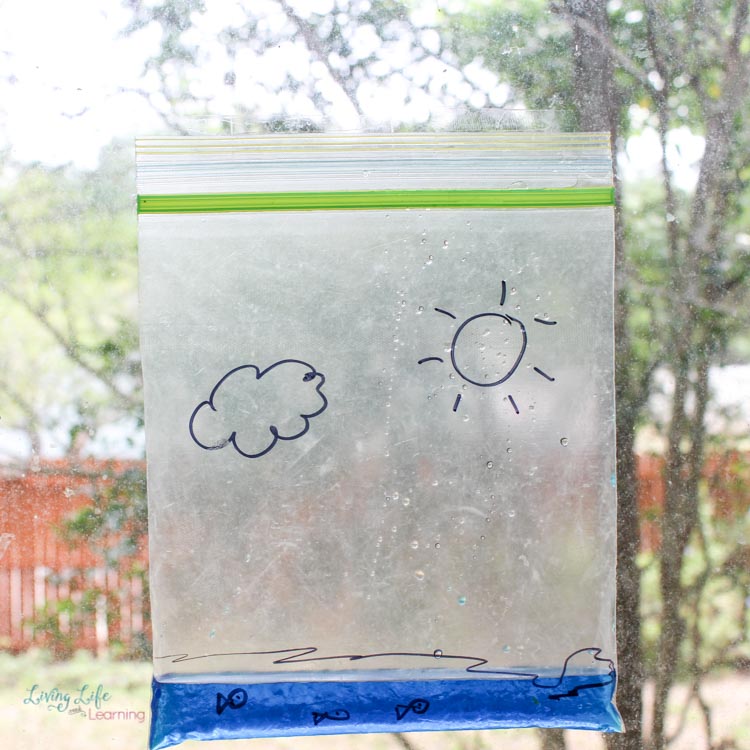
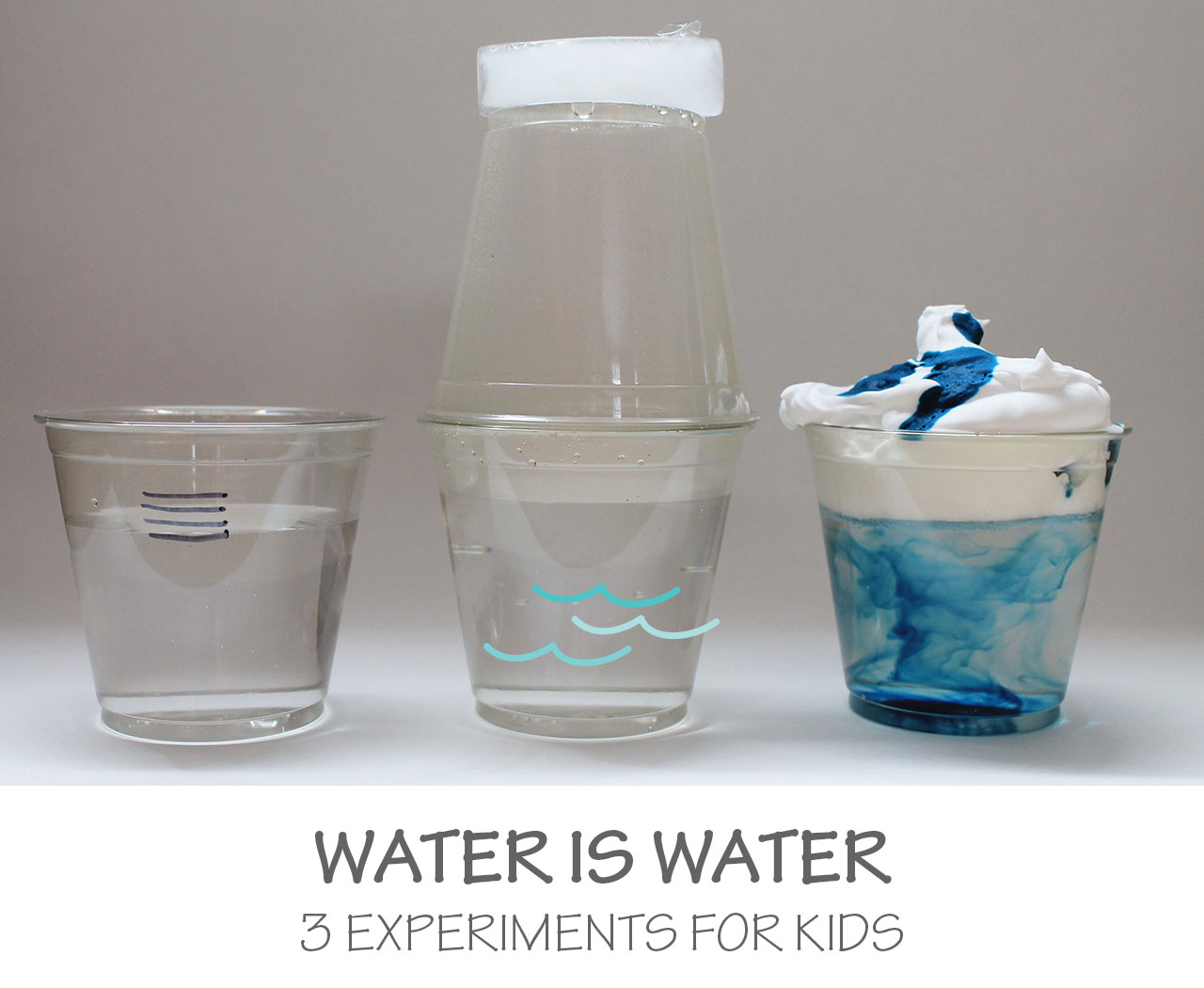





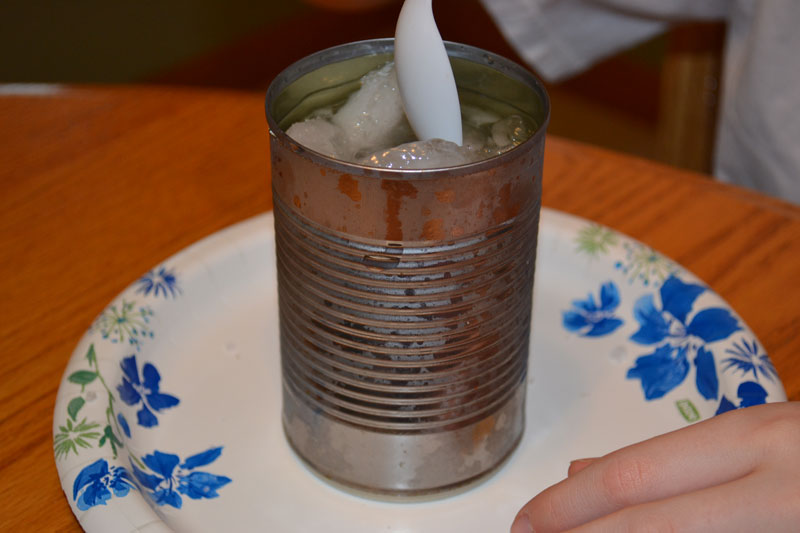
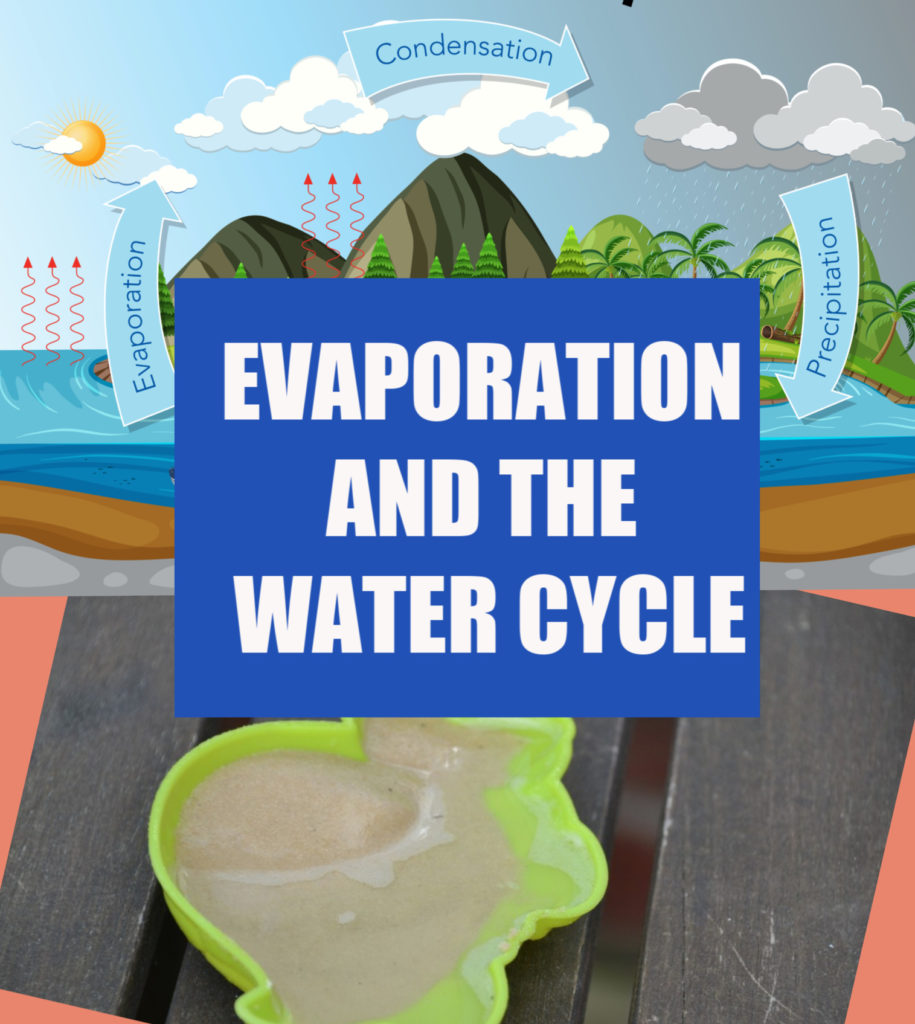




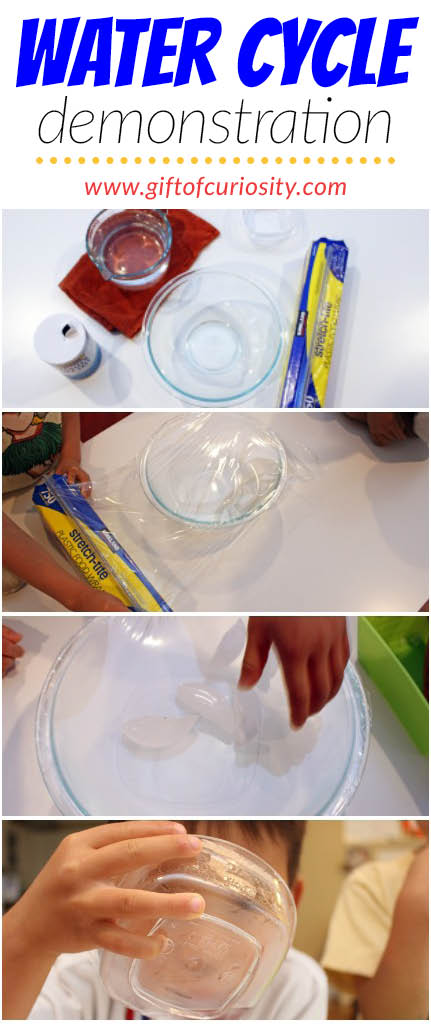

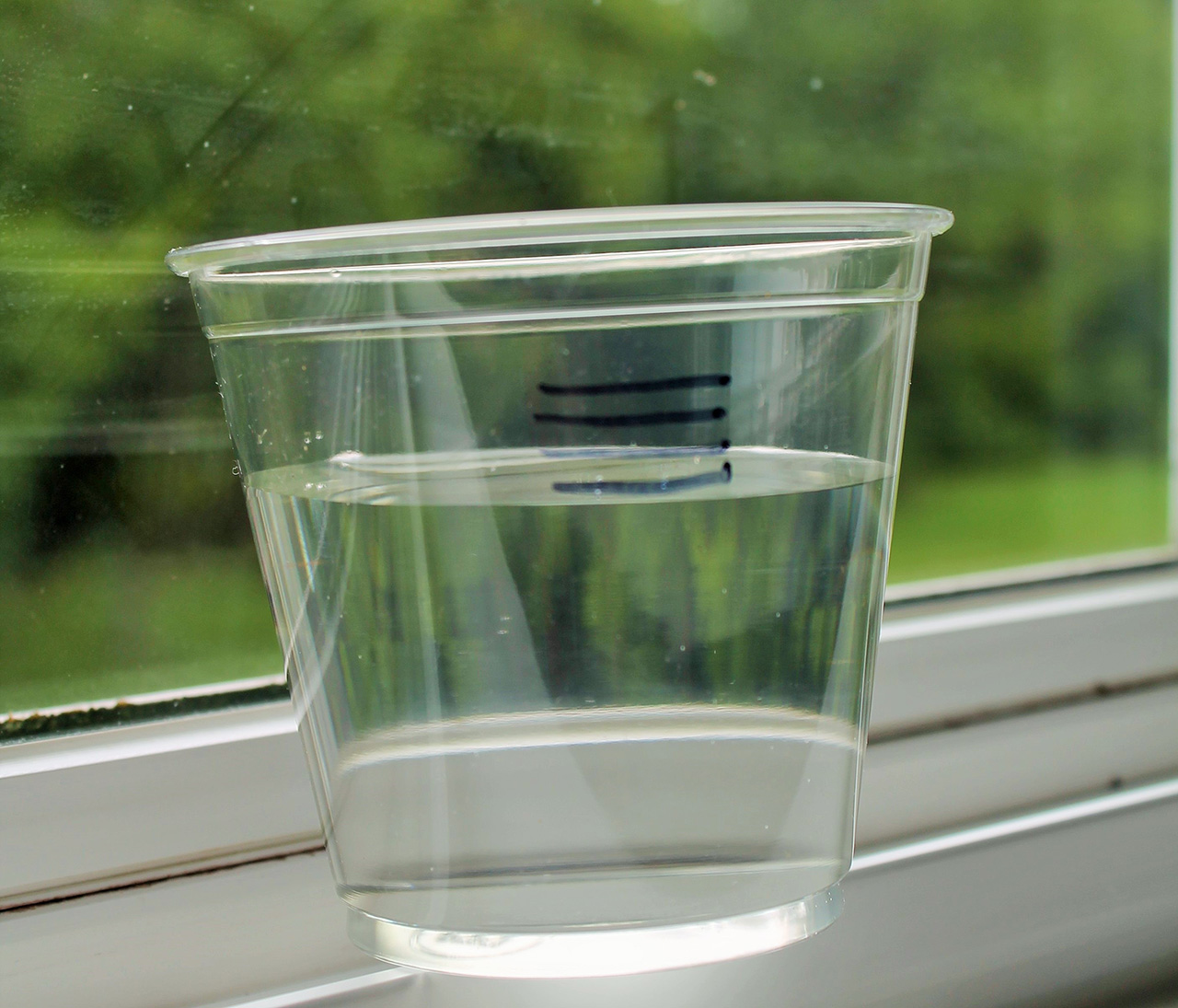
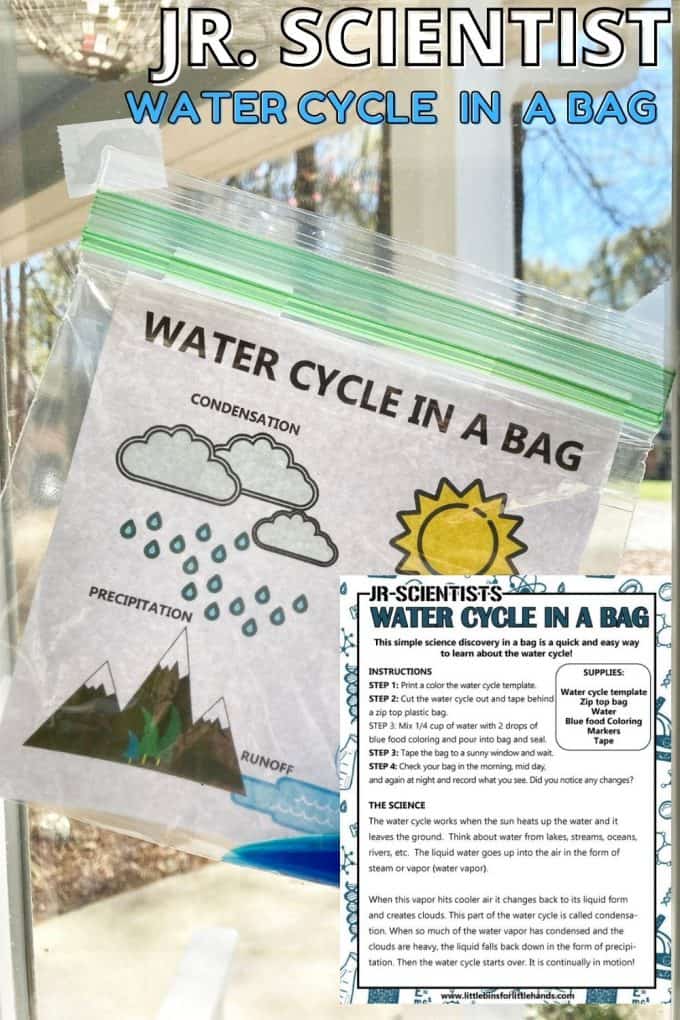

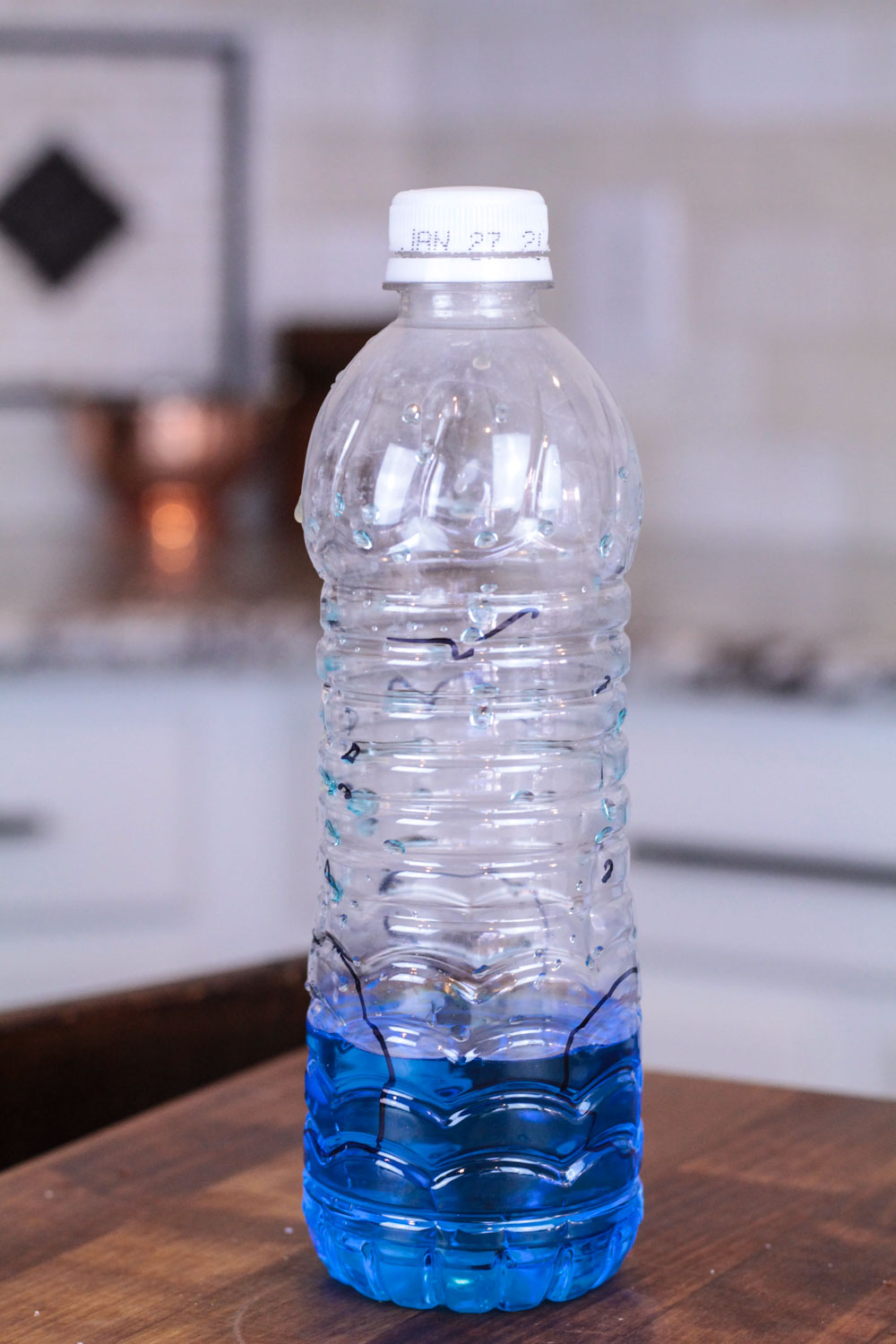
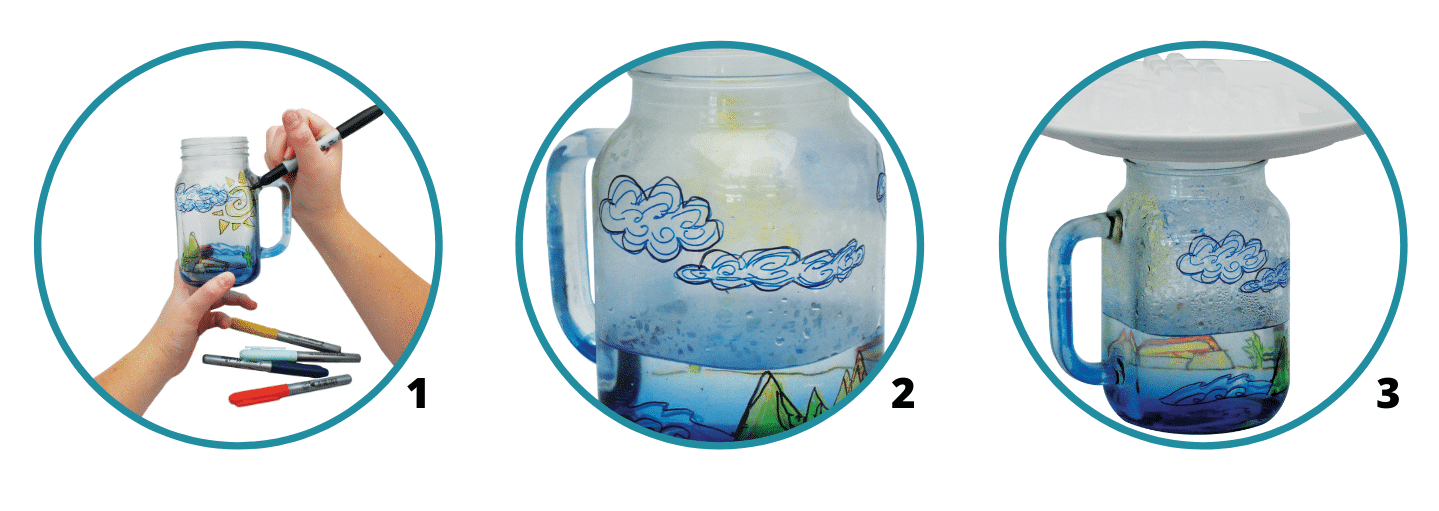

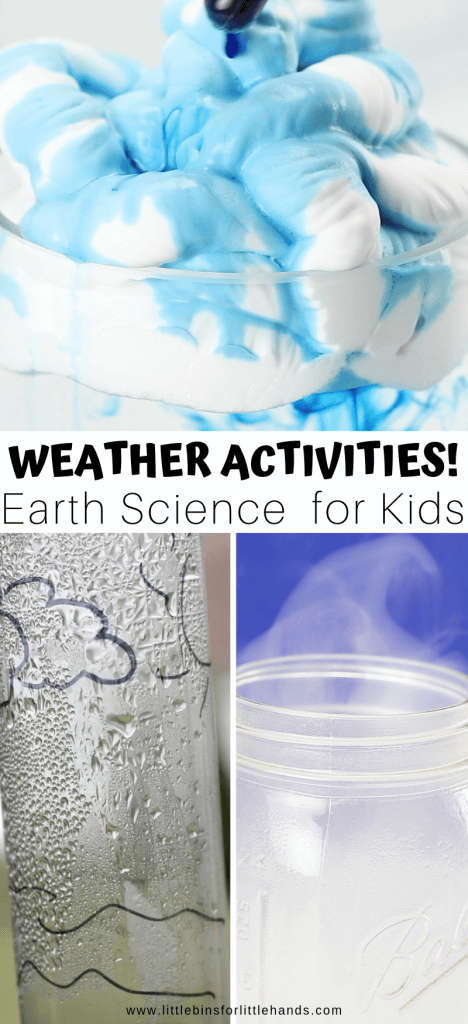
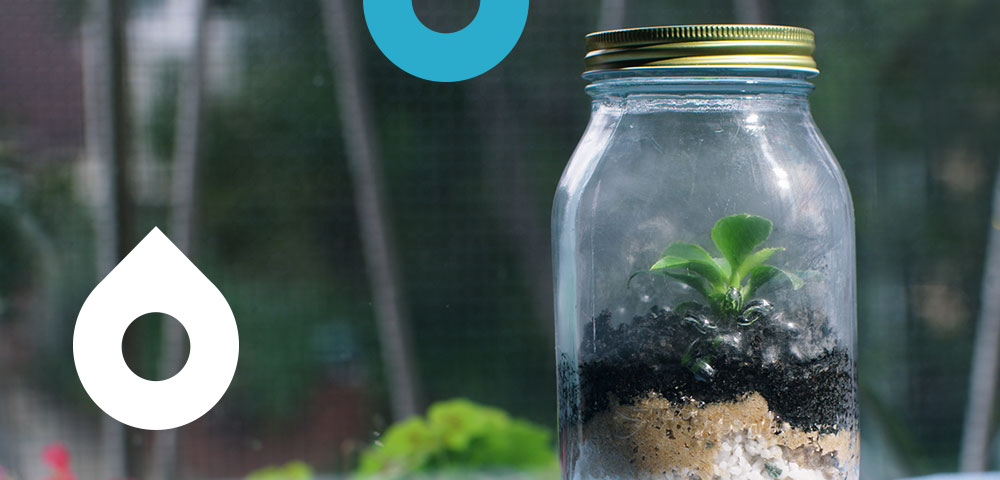


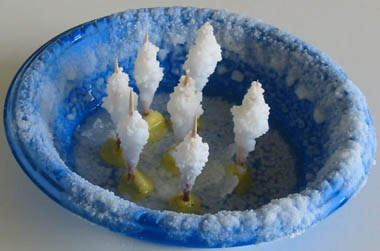



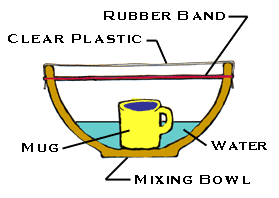

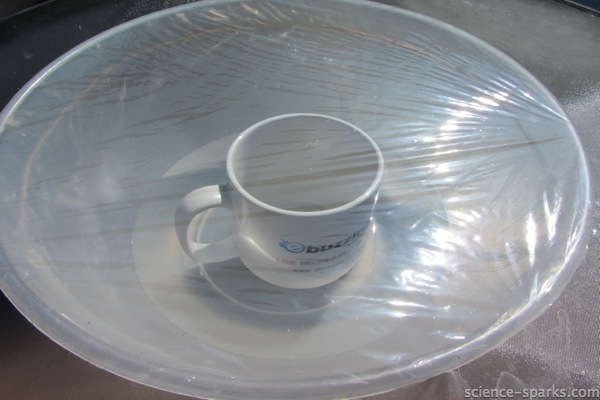

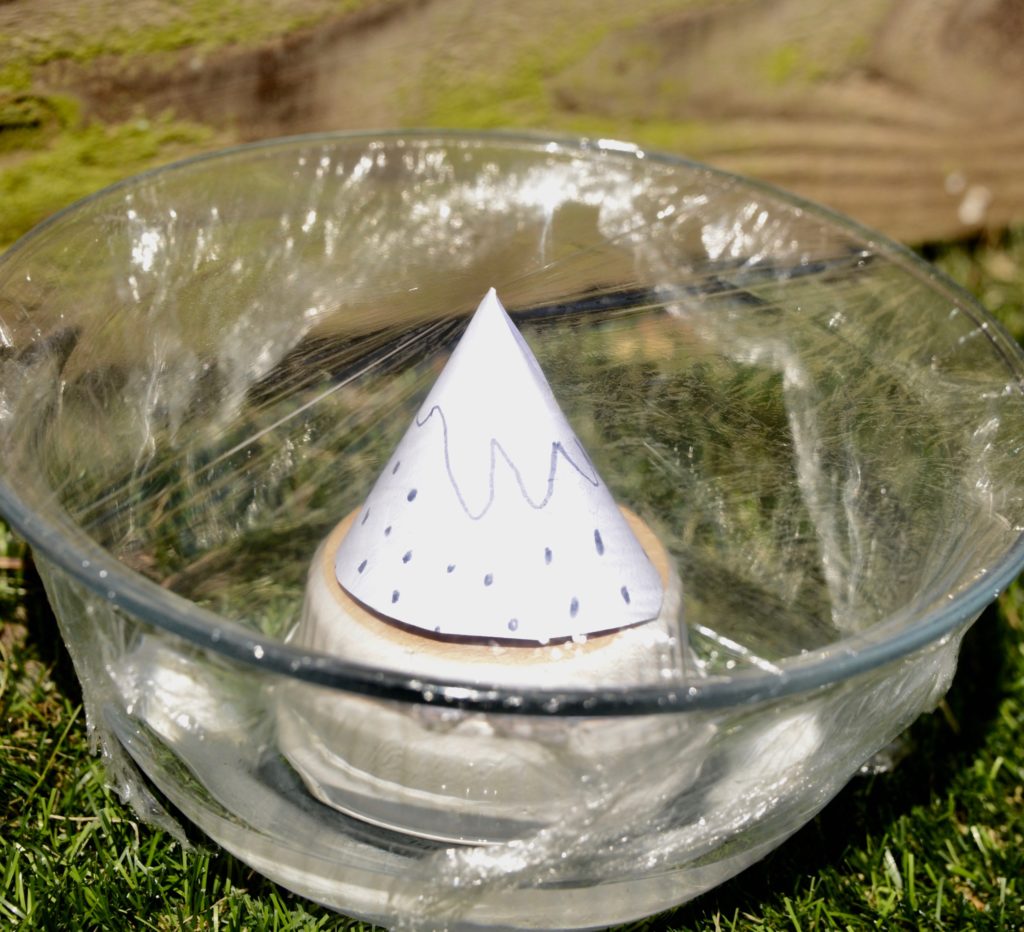
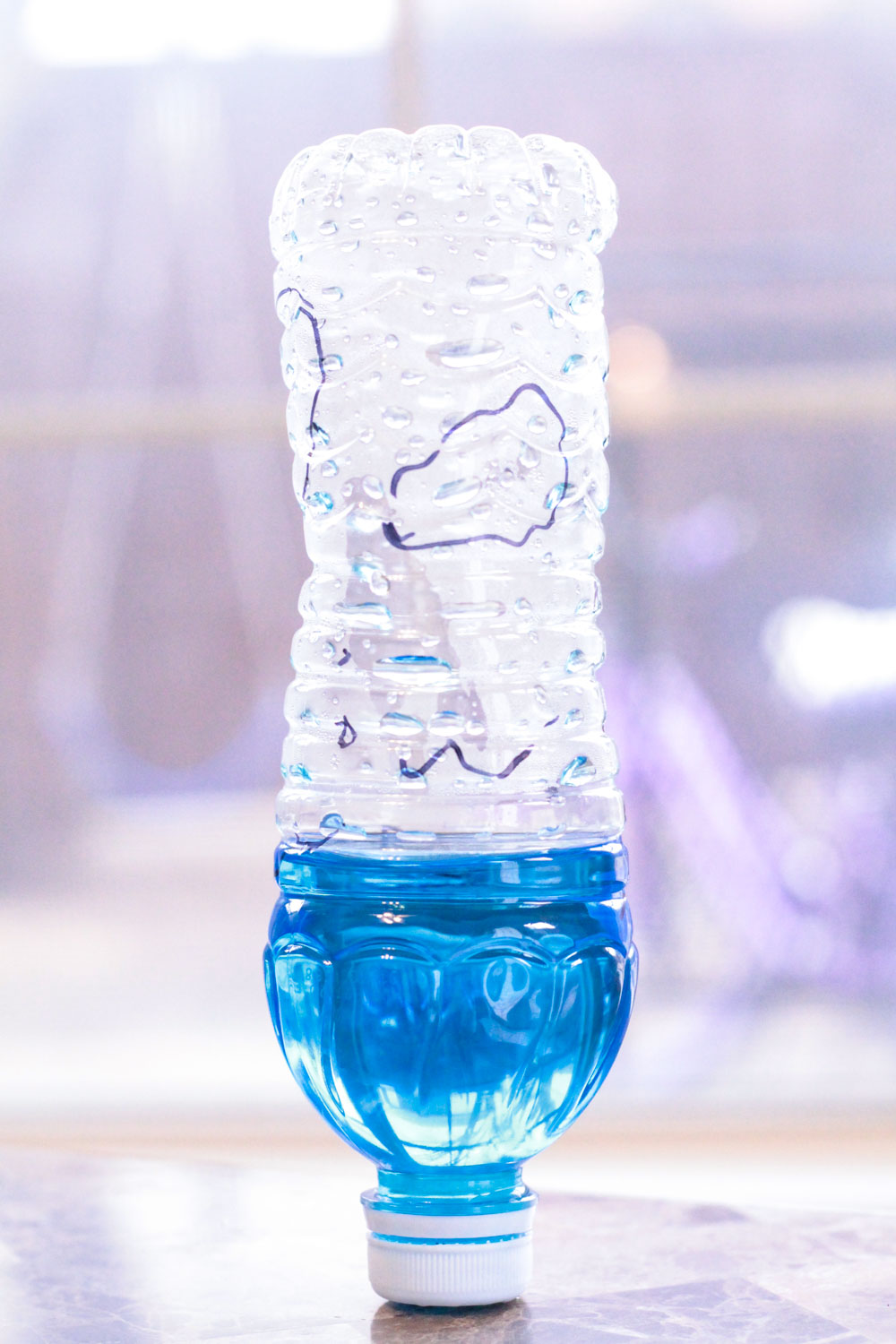
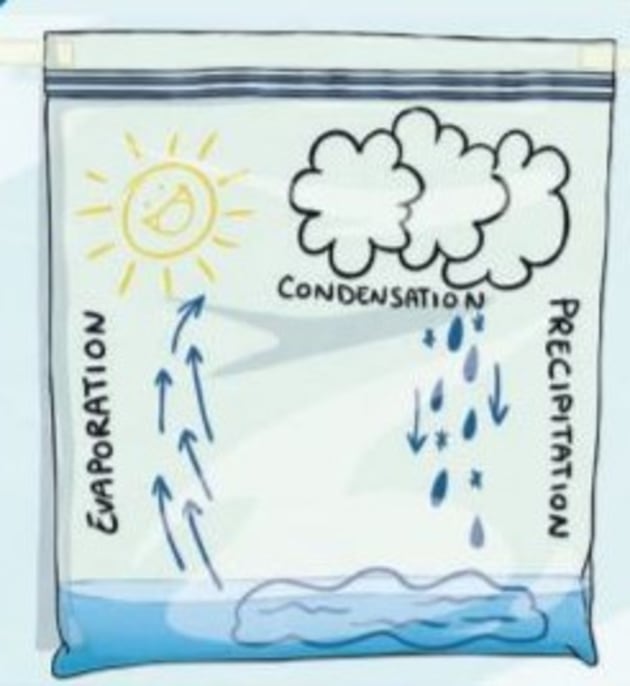
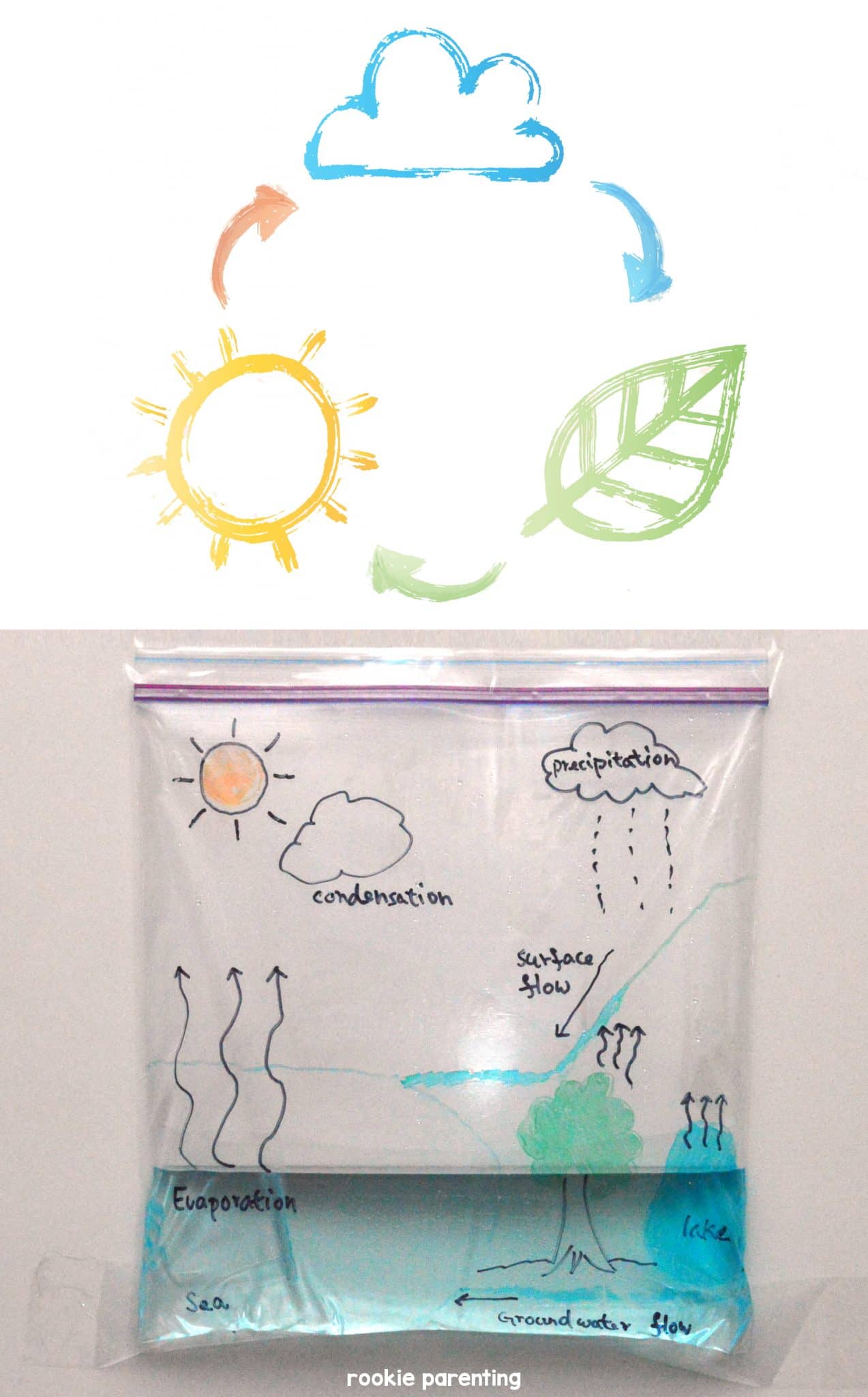

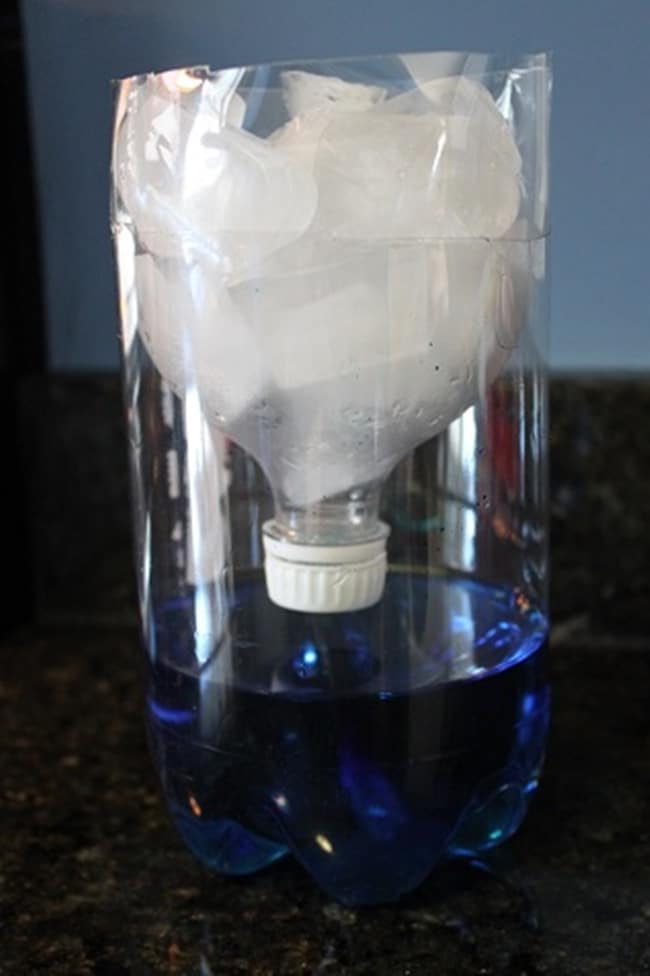


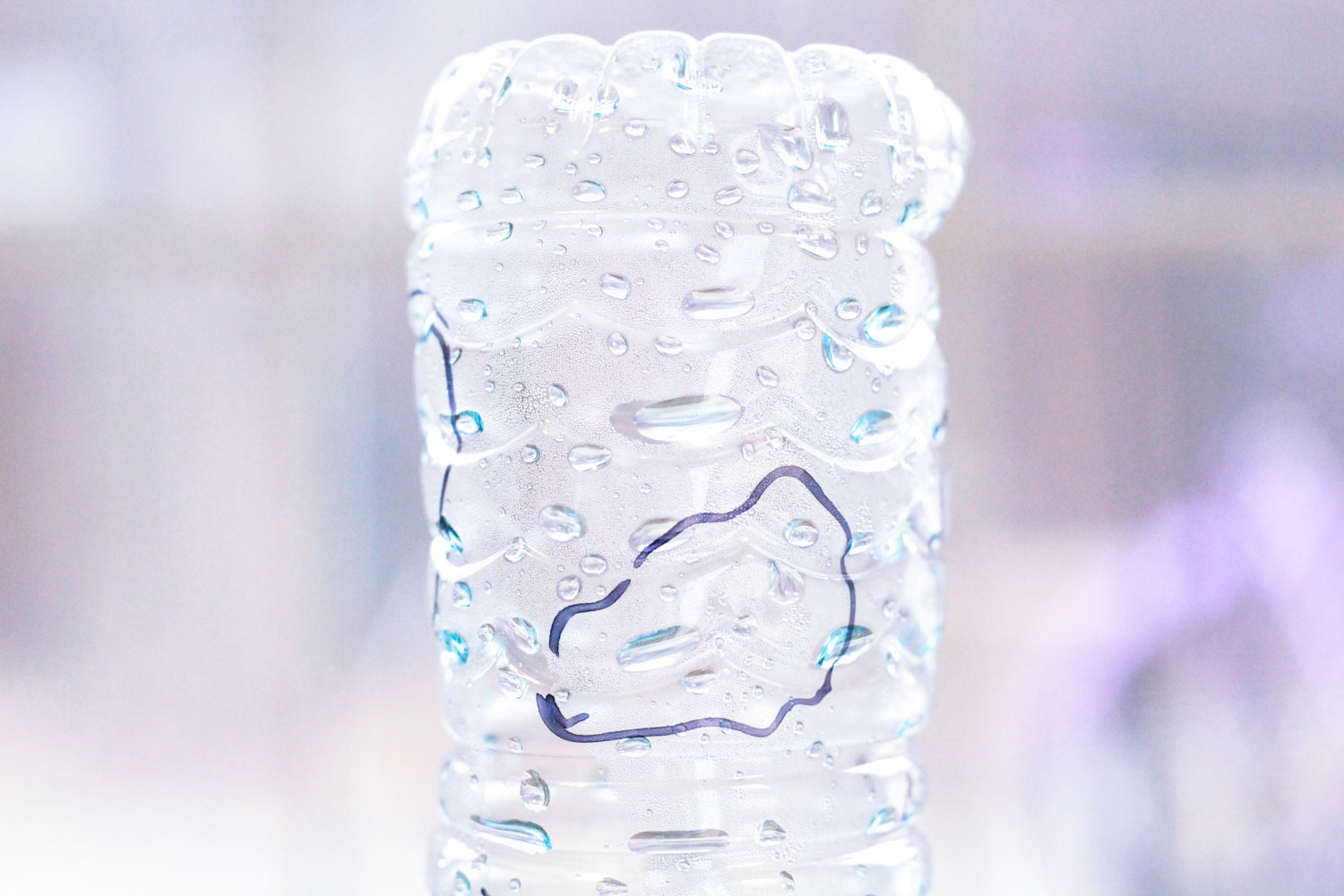
0 Response to "43 water cycle experiment for kids"
Post a Comment